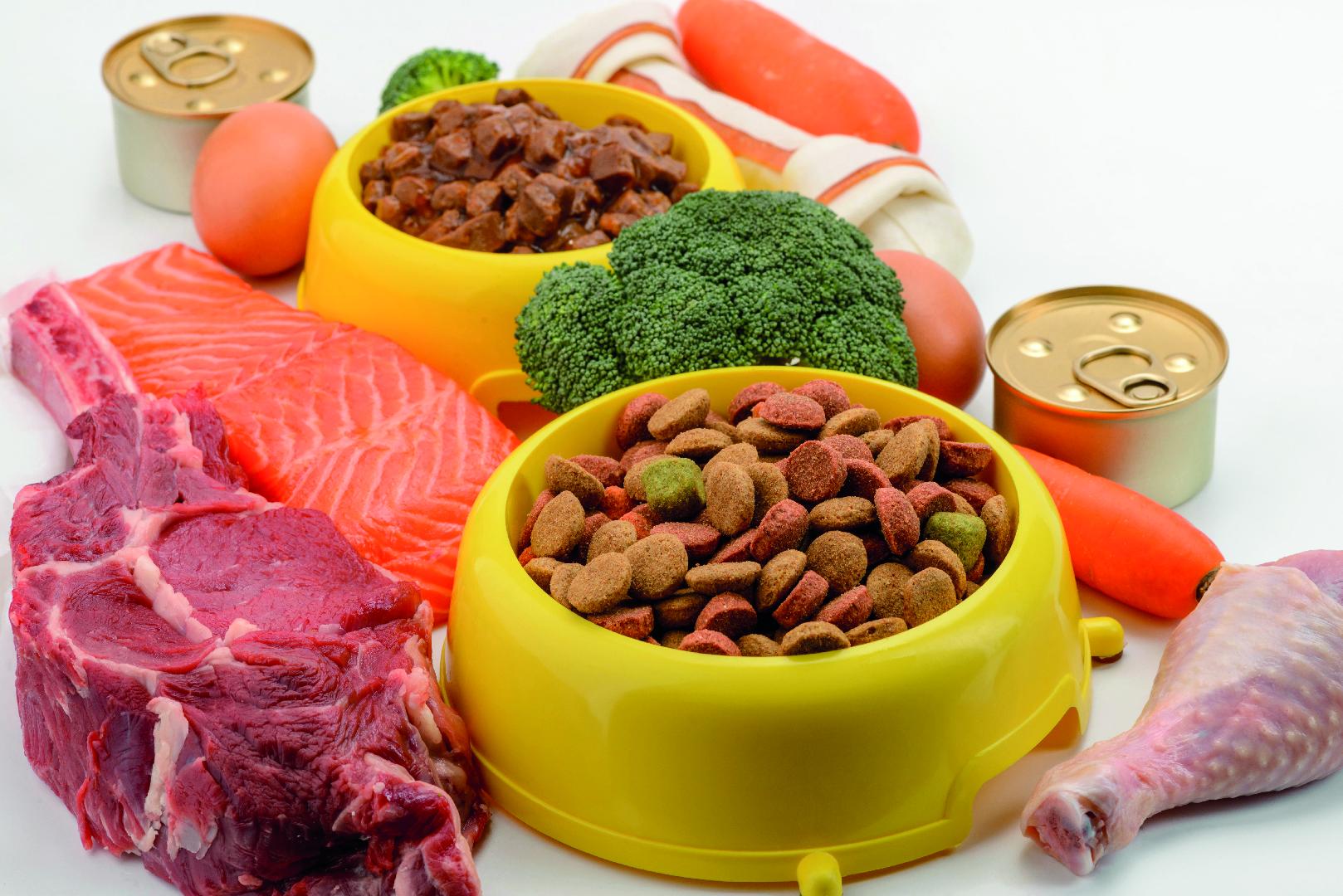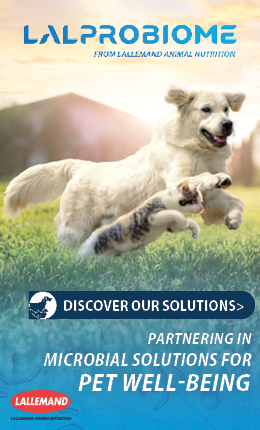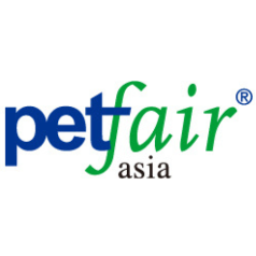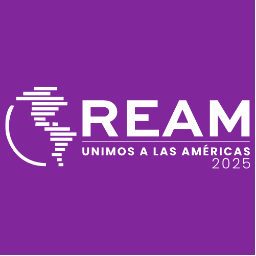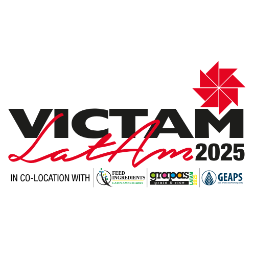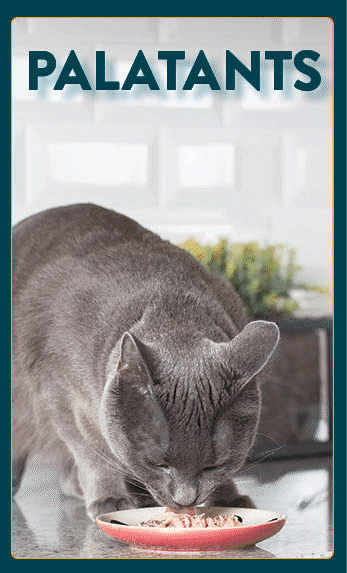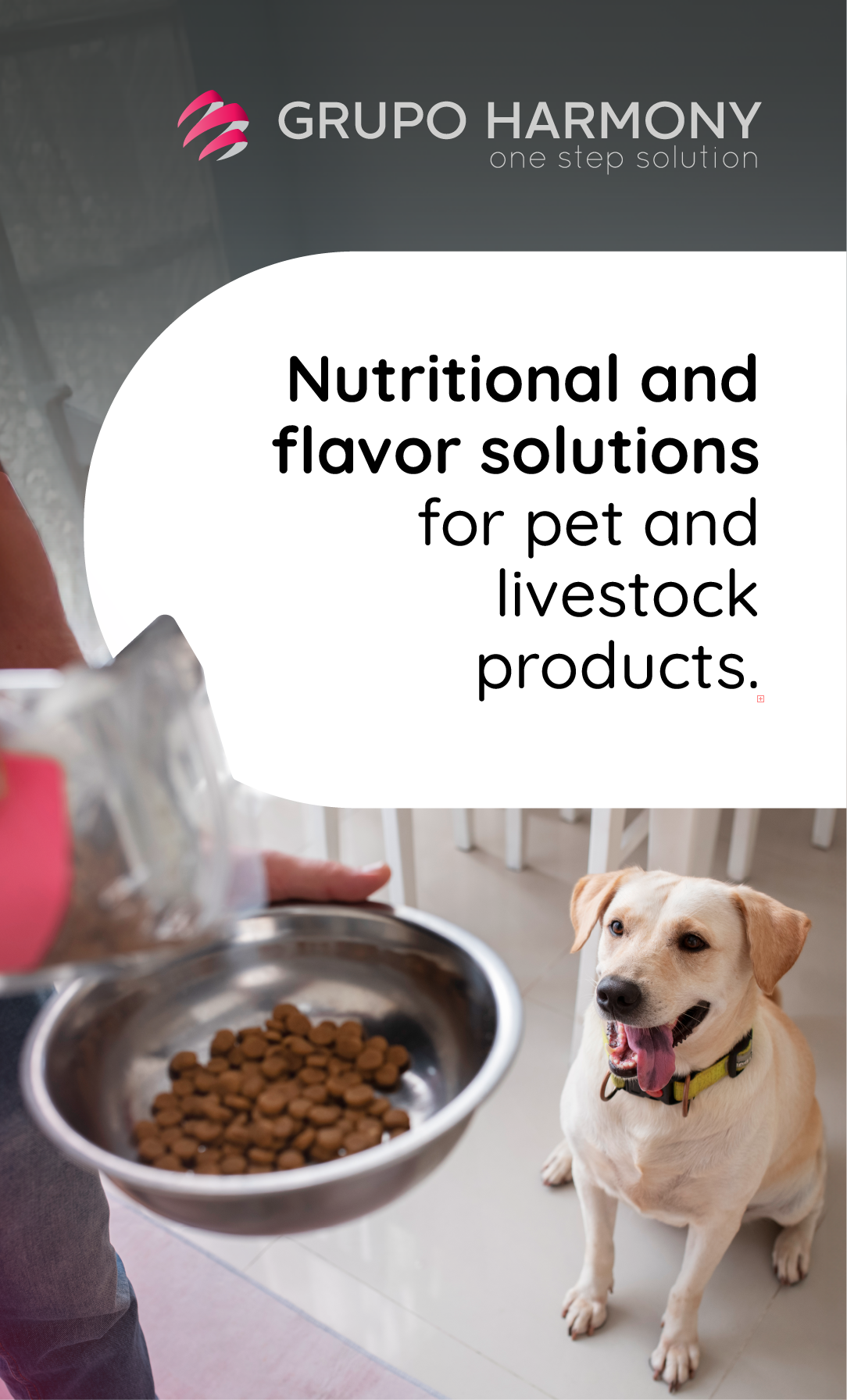Years later, the well-known "Ken-L Ration," canned horse meat, was born in the United States, and thus the first wet diet appeared. Later, in the 1940s, nutrition programs for life stages began. In the fifties, the first therapeutic diets came out, and in the seventies, we saw the first personalized diets by race. It was not until 1980 that the National Research Council published nutritional requirements for dogs and cats. Thanks to this, the nutritional bases are established, along with other guides such as AAFCO or FEDIAF, to provide balanced nutrition to pets.
The following are, in very general terms, some examples, since the specific amounts may vary depending on the food formulation:
- Dog nutritional requirements:
- Proteins
Puppies: Minimum 22%
Adults: Minimum 18% - Fats
Puppies: Minimum 8.5%
Adults: Minimum 5.5% - Fiber
Varies depending on the specific formula needs. - Vitamins and trace minerals
Specific to the dog's needs and life stage
2. Cat nutritional requirements - Proteins
Puppies: Minimum 30%
Adults: Minimum 26% - Fats
Puppies: Minimum 9%
Adults: Minimum 9% - Fiber
It varies depending on the specific needs of the food. - Vitamins and trace minerals
Specific to the cat's needs and life stage.
Over the years, a wide variety of foods have emerged. With this, the market has had to organize into types or food categories to provide the consumer with the nutrition they are looking for to meet the needs of each pet.
In many countries, pet foods are subject to regulations and standards set by authorities. This includes ensuring that foods meet certain nutritional standards and clear labeling. An important point to consider with any food type is to follow the manufacturer's recommendations for the appropriate daily amount based on your pet's age, size, and specific needs.
Currently, there is a clear definition of food for dogs, cats, birds, rodents, reptiles, etc. However, the nutritional requirement varies depending on factors, such as age, size, activity level, and specific pet needs. So, in addition to species, pet food should be classified by these subcategories.
Within the wide variety of pet food categories, there is one established with the economic capacity of each pet parent (in addition to the digestibility of its nutrients): Economy, Standard, or Premium, in very general terms.
Within each segment mentioned above, there are other more complex subcategories. Let's talk about some of these:
- Dry food
This type is the most widely sold in the world and usually contains a balanced mix of essential nutrients. It is produced under the extrusion process to achieve certain physicochemical characteristics. Some nutrients, especially micronutrients, can degrade with processing and time, so it is important to follow the manufacturer's recommendations regarding expiration date and storage. - Wet food
This type has a high-water content. Some pets prefer it because of its texture and flavor. It is recommended as a diet supplement of dry foods to promote dental health, as wet food may not be as abrasive. - Semi-moist food
It is a combination of the above. - BARF food (an acronym for "Biologically Appropriate Raw Food")
It consists of raw foods such as meat, bones, organs, and vegetables. It is based on the idea of being more like the one an animal would find in nature. The raw diet may lack some essential nutrients, so it is important to consider supplements, as well as make sure to maintain high hygiene standards to avoid bacterial contamination. - Breed-specific foods
Foods formulated to meet the particular needs of certain breeds. - Foods for specific life stages
These can be for puppies, adults, or seniors. - Foods for pets with special dietary needs
We can mention, for example, grain-free, hypoallergenic, or foods for pets with weight problems. - Snacks and treats
These are small portions of tasty foods for training or as a reward. They are not substitutes for the main meal. - Nutritional supplements (vitamins and minerals)
They are designed to ensure that the pet receives all the necessary nutrients. Not all animals need supplements.
We should remember that a pet will eat the food their owner selects for him and, usually, it will be the same for long periods of time. This food must be balanced and provide all the nutrients so that a pet remains in good health and well-being.
Pet parents now have access to more food options and information, and research on pet nutrition has become more advanced and available. As we have seen, there is a category designed by years of research for each specific pet. These foods are prepared to cover each and every one of the nutritional requirements of a dog or cat, considering various factors, including the species, life stage (puppy, adult, senior), size (small, medium, large), breed, activity level, and any special dietary needs.
It is important to note that food choice should be based on the specific needs of each individual pet, as today, food categories that nourish the pet 100% are available for everyone.
By MVZ. Armando Enriquez de la Fuente Blanquet.
Source: All Pet Food Magazine.
You could be interested: Understanding Minimally Processed: What It Really Means for Your Pets Food
About author
Armando Enriquez de la Fuente BlanquetArmando Enríquez is from Mexico and, currently, works at Novus International as a Regional Country Manager, Mexico. Before, he worked at Trouw Nutrition Mexico as Feed Additives & Key Accounts Manager; he is also part of the company’s Global Companion Animal Community. He worked for DSM Nutritional Products in various positions: as a Marketing Manager in Pet Nutrition in Latin America, Vitamins Technical Manager in Latin America, Food Chain Project Manager and Commercial Manager in Mexico. He also worked at Roche Products as a Pets Project Manager, Ruminants Project Manager and Commercial Manager. He publishes editorials in specialized magazines in the Petfood industry and has lectured at the Andean Pet Forum in Colombia and at the Pet Forum, Mexico. He is a Veterinary Zootechnician from the National Autonomous University of Mexico and has a master's degree in Business Administration from the ITESO University.










